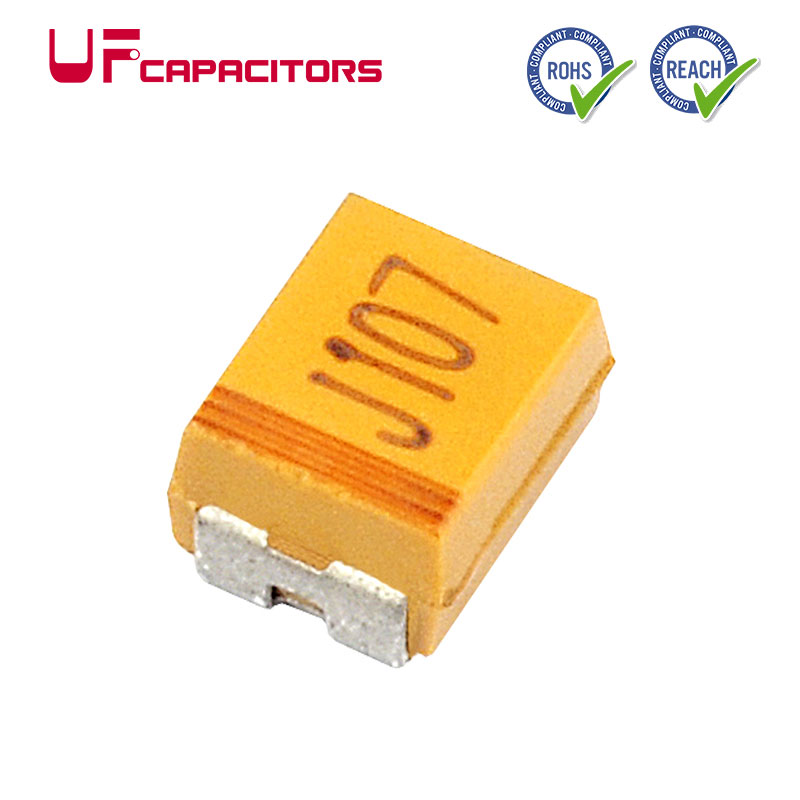- Español
- Português
- русский
- Français
- 日本語
- Deutsch
- tiếng Việt
- Italiano
- Nederlands
- ภาษาไทย
- Polski
- 한국어
- Svenska
- magyar
- Malay
- বাংলা ভাষার
- Dansk
- Suomi
- हिन्दी
- Pilipino
- Türkçe
- Gaeilge
- العربية
- Indonesia
- Norsk
- تمل
- český
- ελληνικά
- український
- Javanese
- فارسی
- தமிழ்
- తెలుగు
- नेपाली
- Burmese
- български
- ລາວ
- Latine
- Қазақша
- Euskal
- Azərbaycan
- Slovenský jazyk
- Македонски
- Lietuvos
- Eesti Keel
- Română
- Slovenski
- मराठी
- Srpski језик
The Use and Principle of Low Voltage Capacitors
2022-04-06
The use and principle of low voltage capacitors
It turns out that in addition to resistive loads, most of the daily electrical equipment are inductive loads, such as fluorescent lamps, transformers, and engines. These inductive loads change the phase of the power supply, resulting in large voltage fluctuations, large reactive power, and waste of electrical energy. Compensating the reactive power factor through the capacitor compensation cabinet can effectively solve this problem and improve the power supply efficiency. The automatic compensation device of the capacitor compensation cabinet can automatically set the input of the number of capacitor groups according to the change of the power load, reduce a large amount of reactive current, and thus reduce the reactive power consumption.
The capacitor in the low-voltage capacitor is a capacitive load device, which is connected to the same circuit as the inductive load device. When the capacitive load releases energy, the inductive load absorbs energy, and when the inductive load releases energy, the capacitive load absorbs energy, energy Convert between the two. In this way, the reactive power absorbed by the inductive load can be compensated by the reactive power output by the capacitive load, so that the control factor is controlled above 0.9, which is the compensation principle of the low-voltage capacitor.

It turns out that in addition to resistive loads, most of the daily electrical equipment are inductive loads, such as fluorescent lamps, transformers, and engines. These inductive loads change the phase of the power supply, resulting in large voltage fluctuations, large reactive power, and waste of electrical energy. Compensating the reactive power factor through the capacitor compensation cabinet can effectively solve this problem and improve the power supply efficiency. The automatic compensation device of the capacitor compensation cabinet can automatically set the input of the number of capacitor groups according to the change of the power load, reduce a large amount of reactive current, and thus reduce the reactive power consumption.
The capacitor in the low-voltage capacitor is a capacitive load device, which is connected to the same circuit as the inductive load device. When the capacitive load releases energy, the inductive load absorbs energy, and when the inductive load releases energy, the capacitive load absorbs energy, energy Convert between the two. In this way, the reactive power absorbed by the inductive load can be compensated by the reactive power output by the capacitive load, so that the control factor is controlled above 0.9, which is the compensation principle of the low-voltage capacitor.



